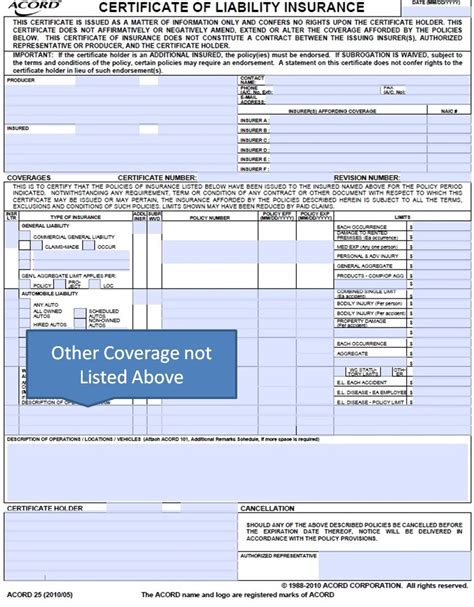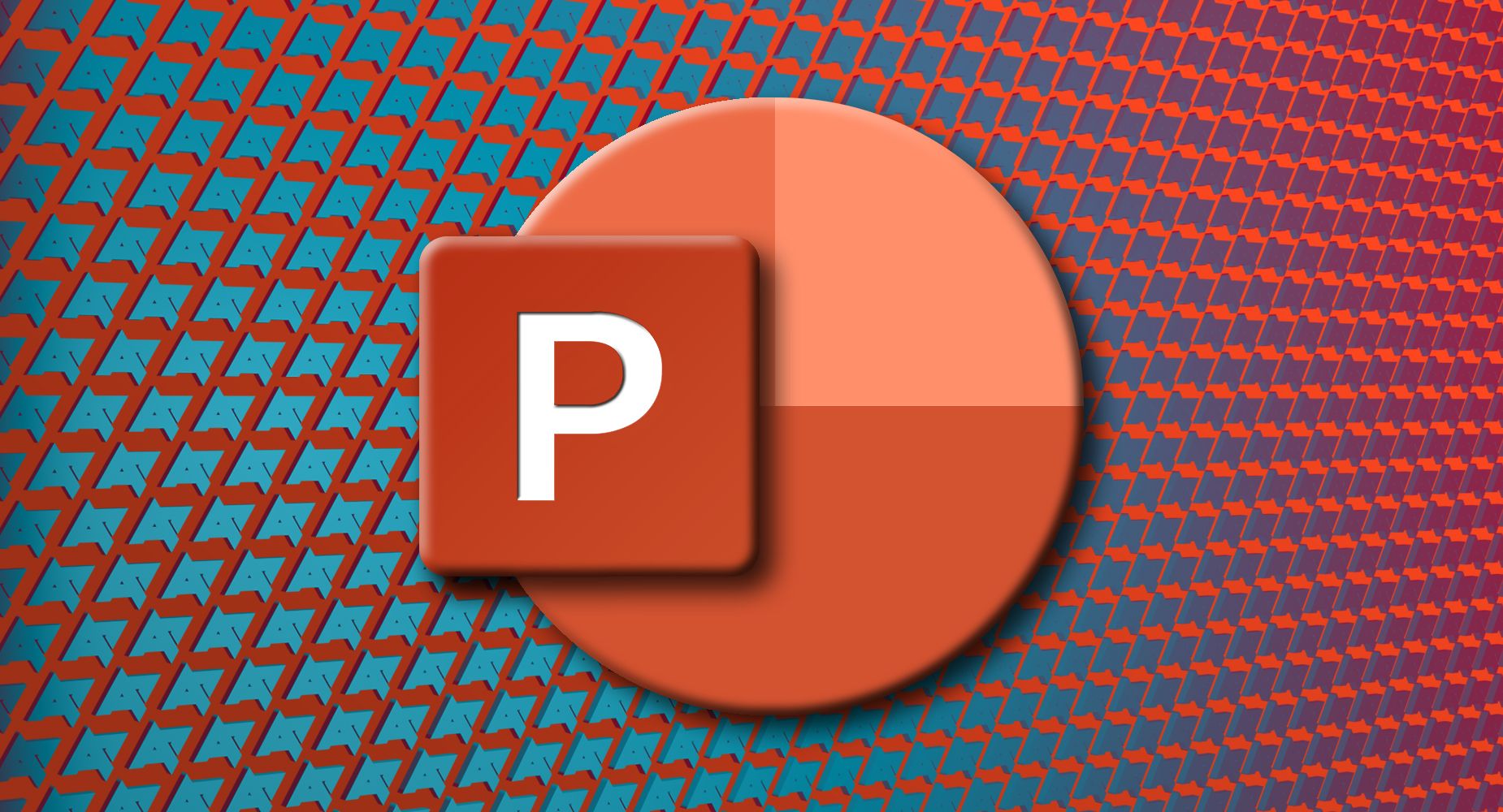How To Find Health Insurance

Finding the right health insurance coverage can be a complex and overwhelming task, but it is a crucial aspect of ensuring your well-being and financial security. With a myriad of options available, it's essential to approach this process with a strategic mindset and a comprehensive understanding of your needs. This guide aims to provide you with an expert-level breakdown of the steps involved in finding the perfect health insurance plan, complete with real-world examples and valuable insights to make the journey smoother and more informed.
Understanding Your Health Insurance Needs

Before diving into the world of health insurance plans, it’s imperative to have a clear understanding of your unique healthcare requirements. This initial assessment will serve as the foundation for your search and help you make more informed decisions.
Assessing Your Medical History
Start by taking a detailed look at your medical history. Do you have any pre-existing conditions or chronic illnesses that require regular medical attention? For instance, if you have diabetes, you’ll want to ensure that your insurance plan covers the necessary medications, regular check-ups, and any potential complications. A real-life example could be someone with asthma who needs coverage for inhalers and respiratory therapies.
Evaluating Your Prescription Needs
Prescription medications can be a significant expense, so it’s crucial to consider your prescription needs when choosing a health insurance plan. Some plans offer more comprehensive coverage for medications, while others may have restrictions or higher copays. If you require multiple prescriptions, ensure that your chosen plan includes these medications on its formulary (list of covered drugs) and offers reasonable costs.
| Prescription Needs | Considerations |
|---|---|
| Chronic Medications | Ensure long-term coverage and reasonable costs. |
| Specialty Drugs | Check for specific coverage and potential limitations. |
| Generic vs. Brand-Name | Understand the plan's approach to generic vs. brand-name drug coverage. |

Considering Your Healthcare Preferences
Your personal preferences play a vital role in choosing the right health insurance. Do you prefer a specific healthcare provider or hospital? Many insurance plans have networks of preferred providers, so it’s essential to check if your preferred healthcare professionals are included in the network. If not, you may have to pay more out-of-pocket or choose a different plan.
Analyzing Your Financial Situation
Health insurance comes with various financial implications, and it’s crucial to assess your financial situation before making a decision. Consider the following factors:
- Premiums: The amount you pay monthly for insurance coverage.
- Deductibles: The amount you must pay out-of-pocket before your insurance coverage kicks in.
- Copays: Fixed amounts you pay for specific services, like doctor visits or prescription medications.
- Out-of-Pocket Maximum: The most you'll pay in a year for covered services before your insurance covers 100% of costs.
Understanding these financial aspects will help you choose a plan that aligns with your budget and healthcare needs. For example, if you're generally healthy and don't require frequent medical attention, a plan with higher deductibles but lower premiums might be more cost-effective.
Exploring Your Health Insurance Options

Once you have a clear understanding of your needs, it’s time to explore the various health insurance options available to you. This section will guide you through the different types of plans and help you make an informed choice.
Employer-Sponsored Plans
Many individuals have the advantage of employer-sponsored health insurance plans. These plans are often more cost-effective as the employer typically contributes to the premium. Additionally, they often offer a range of coverage options to suit different needs. When considering an employer-sponsored plan, evaluate the following:
- Coverage Options: Are there multiple plans to choose from, such as HMO, PPO, or EPO?
- Network of Providers: Does the plan's network include your preferred healthcare professionals and facilities?
- Financial Considerations: Review the premiums, deductibles, and copays to ensure they align with your budget.
- Benefits: Look for additional benefits like vision, dental, or wellness programs.
Individual and Family Plans
If you’re self-employed or not eligible for an employer-sponsored plan, you’ll need to explore individual or family health insurance plans. These plans can be purchased directly from insurance companies or through government-sponsored programs like the Health Insurance Marketplace. When evaluating these plans, consider:
- Network Size: Ensure the plan's network includes a sufficient number of healthcare providers and facilities in your area.
- Coverage Options: Compare different plans to find one that best suits your medical needs and budget.
- Prescription Drug Coverage: Verify the plan's formulary and understand any restrictions or costs associated with prescription medications.
- Out-of-Pocket Costs: Review deductibles, copays, and the out-of-pocket maximum to ensure they are manageable.
Government-Sponsored Programs
Government-sponsored programs, such as Medicaid and Medicare, provide health insurance coverage to specific populations. Medicaid is typically for low-income individuals and families, while Medicare is for individuals aged 65 and older or those with certain disabilities. When considering these programs:
- Eligibility: Understand the requirements and qualifications for each program.
- Coverage: Research the specific benefits and limitations of these programs to ensure they meet your healthcare needs.
- Enrollment Periods: Note the open enrollment periods and any special enrollment periods that may apply to you.
Short-Term Health Insurance
Short-term health insurance plans offer temporary coverage for individuals between jobs, awaiting enrollment in a new plan, or for other short-term needs. These plans typically have lower premiums but may have more limitations and exclusions. Consider the following when evaluating short-term plans:
- Coverage Duration: Understand the plan's coverage period and ensure it aligns with your needs.
- Pre-existing Conditions: Check if the plan covers pre-existing conditions and understand any potential exclusions.
- Benefits and Limitations: Review the plan's coverage to ensure it meets your essential healthcare needs.
Comparing Health Insurance Plans
With a solid understanding of your needs and the available options, it’s time to start comparing health insurance plans. This section will guide you through the key factors to consider when making your final decision.
Network of Providers
One of the most critical aspects of any health insurance plan is the network of healthcare providers it covers. Ensure that your preferred doctors, specialists, and hospitals are included in the plan’s network. If they are not, you may incur higher out-of-pocket costs or have to choose a different plan.
Prescription Drug Coverage
Prescription medications can be a significant expense, so it’s crucial to understand how each plan covers them. Compare the formularies (lists of covered drugs) and understand any restrictions or costs associated with your specific medications. For example, some plans may have a preferred drug list, which offers lower copays for certain medications.
Financial Considerations
The financial implications of your health insurance plan are vital. Compare the premiums, deductibles, copays, and out-of-pocket maximums of each plan. Consider your budget and healthcare needs to find a balance between affordable coverage and necessary benefits. Remember, a plan with lower premiums may have higher out-of-pocket costs in the long run.
Benefits and Coverage
Each health insurance plan offers a unique set of benefits and coverage. Compare the following aspects to ensure the plan aligns with your needs:
- Preventive Care: Check for coverage of routine check-ups, screenings, and immunizations.
- Specialty Care: Understand the plan's coverage for specific conditions or treatments you may require.
- Mental Health and Substance Abuse: Review coverage for mental health services and substance abuse treatment.
- Maternity and Newborn Care: If applicable, ensure the plan covers prenatal care, delivery, and postpartum care.
- Vision and Dental: Evaluate if the plan includes vision and dental coverage, or if you need to purchase these separately.
Enrolling in Your Chosen Health Insurance Plan
Once you’ve thoroughly researched and compared your options, it’s time to enroll in your chosen health insurance plan. This section will guide you through the enrollment process, ensuring a smooth transition to your new coverage.
Gathering Required Information
Before beginning the enrollment process, gather all the necessary information and documents. This may include personal details like your name, date of birth, Social Security number, and income information. If you’re enrolling through the Health Insurance Marketplace, you’ll also need to provide details about your household size and income to determine your eligibility for subsidies.
Choosing Your Plan
With your research and comparisons in hand, select the health insurance plan that best meets your needs and budget. Consider the coverage, network of providers, prescription drug coverage, and financial considerations. If you’re enrolling through the Health Insurance Marketplace, you’ll be guided through the process of selecting a plan based on your preferences and eligibility for subsidies.
Completing the Enrollment Process
Follow the instructions provided by your insurance company or the Health Insurance Marketplace to complete the enrollment process. This typically involves filling out an application, providing necessary documents, and making your first premium payment. Ensure that you understand the effective date of your coverage and any grace periods for premium payments.
Understanding Your Coverage
Once enrolled, take the time to understand your new health insurance coverage thoroughly. Review the plan’s summary of benefits and coverage, which outlines what is covered, any exclusions, and the specific costs associated with different services. Familiarize yourself with the network of providers, including any preferred providers, and understand the process for obtaining referrals or prior authorizations if necessary.
Managing Your Plan
Health insurance plans often come with various management options to help you make the most of your coverage. Explore the online tools and resources provided by your insurance company, which may include secure member portals for managing your account, viewing claims and explanations of benefits, and accessing helpful health and wellness information. Stay informed about any changes to your plan, such as updates to the network of providers or benefits, by regularly checking your insurance company’s website or communications.
Conclusion

Finding the right health insurance coverage is a complex but essential task. By understanding your needs, exploring your options, and comparing plans, you can make an informed decision that protects your health and financial well-being. Remember to regularly review and update your coverage as your needs change, ensuring you always have the best possible protection.
What is the Health Insurance Marketplace, and how does it work?
+The Health Insurance Marketplace, also known as the Health Insurance Exchange, is a platform created by the Affordable Care Act to help individuals and small businesses find and purchase health insurance plans. It offers a range of plan options, and eligible individuals may receive subsidies to help with the cost of premiums. Enrollment typically occurs during an open enrollment period, but special enrollment periods may be available for qualifying events.
How do I know if I’m eligible for Medicaid or Medicare?
+Eligibility for Medicaid and Medicare is based on specific criteria. Medicaid is primarily for low-income individuals and families, while Medicare is for individuals aged 65 and older or those with certain disabilities. You can find detailed information on eligibility requirements on the official government websites for Medicaid and Medicare. It’s recommended to review these criteria and consult with a healthcare or insurance professional if you have questions about your eligibility.
Can I switch health insurance plans during the year, and what are the implications?
+Switching health insurance plans during the year is possible but may have implications. Generally, you can only switch plans during the open enrollment period or if you experience a qualifying life event, such as losing other coverage, getting married, or having a baby. Switching plans mid-year may result in changes to your coverage and out-of-pocket costs. It’s essential to understand the implications and ensure a smooth transition when switching plans.



